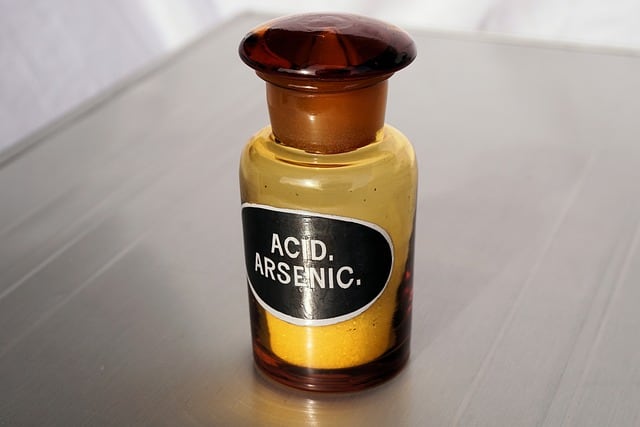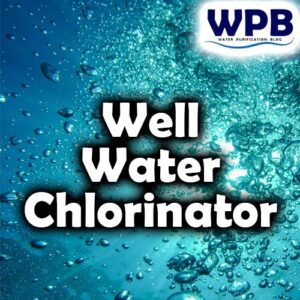Arsenic is a toxic element that can cause serious health problems when consumed over time, even at low concentrations. It occurs naturally in soil and rock and can seep into groundwater, contaminating well water. Arsenic exposure can lead to various health issues such as skin lesions, cancer, cardiovascular disease, diabetes, and reproductive problems.

Arsenic in Well Water Dangers
Long-term exposure to arsenic has been linked to several types of cancer, including skin, lung, bladder, and kidney cancer. Skin lesions and discoloration are also common symptoms of arsenic exposure. Moreover, arsenic can affect the cardiovascular system by causing hypertension, heart attack, and stroke. It can also impair glucose metabolism and increase the risk of diabetes.
Table of Contents
Due to the seriousness of these health risks, it is important to regularly test well water for arsenic contamination. If the level of arsenic is found to be above the safe limit, it is crucial to take steps to reduce exposure, such as installing a filtration system or using an alternative water source. Understanding the dangers of arsenic in well water can help protect the health of individuals and families who rely on well water as their primary source of drinking water.
Arsenic in well water is a naturally occurring element found in the Earth’s crust, but it is also released into the environment through human activities.
Arsenic can enter water through the ground or surface water sources, and it is a significant public health concern worldwide. In this article, we will discuss why arsenic in water is so dangerous and its impact on human health.
Sources of Arsenic in Well Water
The main sources of arsenic in water are geological, industrial, and agricultural. It can be found in different forms and compounds, including organic and inorganic arsenic.
Groundwater sources are the most affected by arsenic contamination due to the accumulation of naturally occurring arsenic in rocks and soils. Some industrial processes also create arsenic-based products that can contaminate water if not handled correctly.
Agricultural activities, such as livestock and poultry farming, also contribute to arsenic contamination by using arsenic-based feed additives.
Health Effects of Arsenic Exposure
Arsenic exposure can cause both short and long-term health effects, depending on the level and duration of exposure.
The primary route of exposure is through ingestion of contaminated water, but it can also enter the body through inhalation and skin contact. Some of the significant health effects associated with arsenic exposure include skin lesions, cancer, cardiovascular diseases, and developmental effects in children.
Arsenic is also a potent carcinogen that can cause various types of cancer, including lung, bladder, kidney, and skin cancers.

Regulations and Remediation
Many countries have set regulatory limits for arsenic levels in drinking water to prevent adverse health effects. The World Health Organization (WHO) has set the arsenic limit to 10 µg/L, while the Environmental Protection Agency (EPA) has set it to 10 µg/L in the United States.
Throughout my career I encountered well waters with over than 350 µg/L of Arsenic.
Removal methods for arsenic-contaminated water include filtration, reverse osmosis, and distillation. Arsenic removal technologies are widely available, but their effectiveness differs depending on the type of arsenic found in water.
Conclusion
Arsenic in water is a severe health concern that requires immediate attention.
Understanding the sources, health effects, and remediation methods can reduce the risk of arsenic exposure and its adverse health effects. Individuals consuming water from groundwater sources, especially in developing countries, are at higher risk of arsenic exposure.
Therefore, it is essential to have regular water testing and apply appropriate arsenic removal technologies to ensure safe drinking water.

Who am I?
I am working as a water treatment technical manager and I have more than 25 years of practical experience in water purification.
Water purification expert
After many years of experience in water purification, I want to share some of my knowledge and get people to know the real importance of water quality.
Water purification and water treatment are very complex themes, so it is important to explain them in an easy-to-read way.
On this blog, you will find many understandable, easy-to-read information about water purification.
I hope you enjoy it, find some useful information, and thank You for reading.
More info on my work and my expertise on water purification can be found on my LinkedIn profile.






